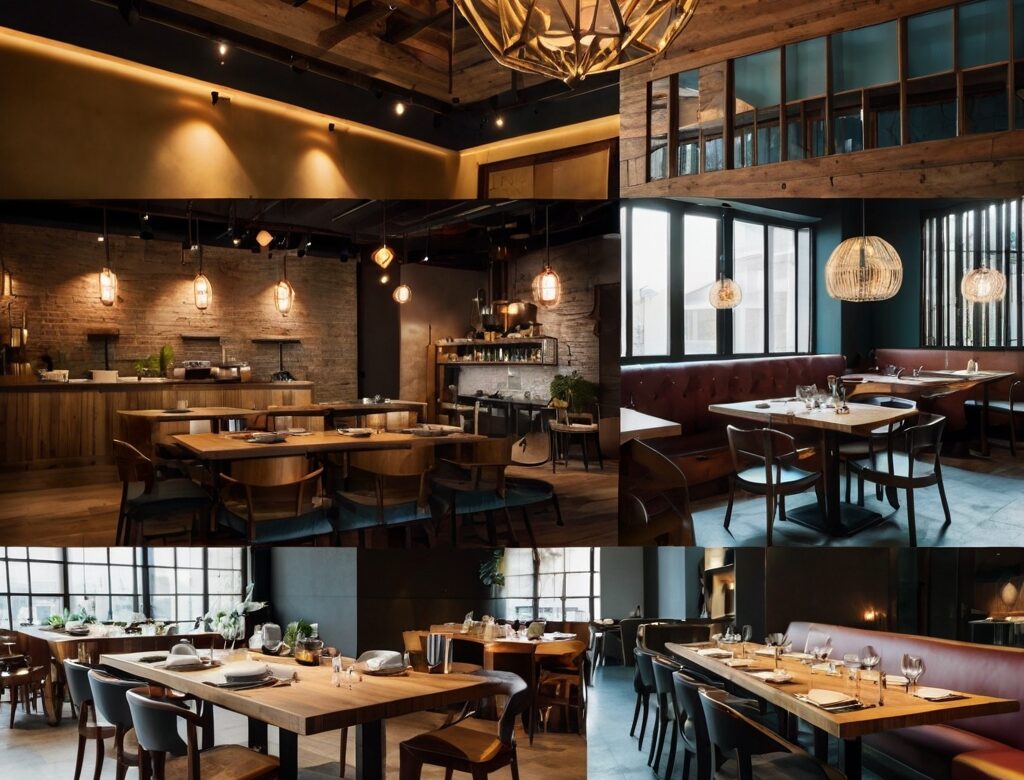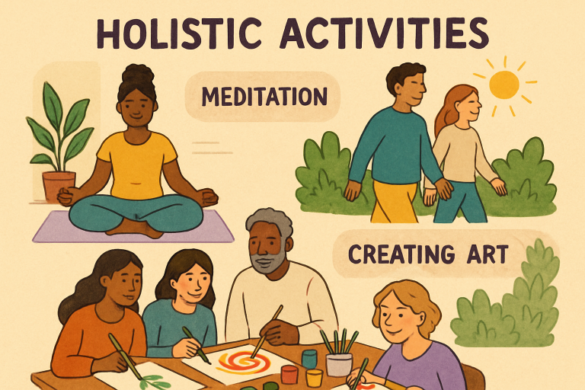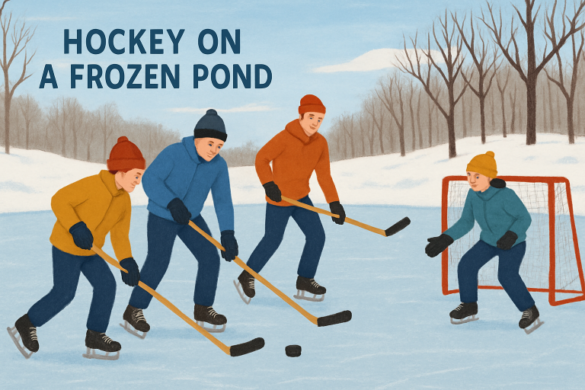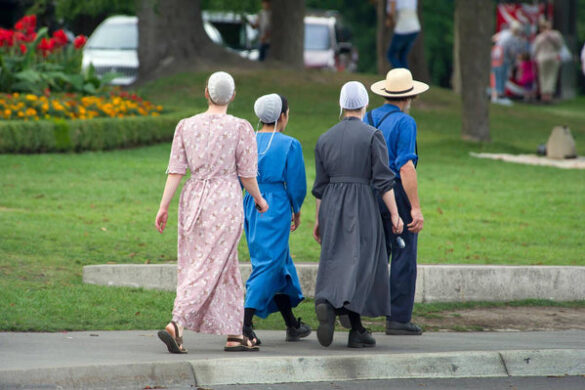For those seeking a blend of nature’s serenity and enduring craftsmanship, nothing compares to building a log cabin. Whether you envision a private retreat or a rustic year-round home, the journey starts with proper planning. Advances in cabin building have made it possible to choose from a wide range of all wood, ready to build homes that suit various lifestyles and landscapes. With countless design options now available, it’s easier than ever to create a cozy haven that reflects your personal taste and needs.
Laying the foundation for your dream cabin involves more than picking out floor plans. It’s about making strategic decisions—location, budget, kit selection—to ensure your experience is as fulfilling as the final result. Below, we offer a complete guide that takes you from envisioning your ideal log home to managing the construction process with confidence.
Define Your Vision
Think about what you want your log cabin to be. Is it a peaceful weekend sanctuary, a family vacation basecamp, or an investment rental property? Make a comprehensive list of hopes and non-negotiables, like total square footage, number of bedrooms, and special features such as wraparound porches or lofted ceilings. Knowing precisely what you want helps you sort through available kits and narrow down options that fit your vision.
Choose the Right Location
Location is one of the most significant influencers of cabin value, comfort, and enjoyment. According to Investopedia, factors such as accessibility, neighborhood quality, and future development plans can significantly impact a property’s long-term value. Drive the area thoroughly, seek out land with views, and check access during all seasons. Factors to weigh include:
- Accessibility: Year-round road access can save you future headaches.
- Natural Surroundings: Panoramic views, trees for shade and privacy, proximity to lakes or trails.
- Utilities: Consider whether water, power, and sewer lines are already on-site or need to be installed, as this can impact both cost and timeline.
If possible, spend a night camping on the property to get familiar with the land and its unique attributes. This step can uncover potential issues related to sunlight, drainage, or wind exposure that you might overlook during a brief visit. Advice from real estate professionals can also help you navigate land restrictions and easements.
Set a Realistic Budget
Solid budgeting is key to stress-free building, as surprising expenses can derail your plans. Calculate costs for:
- Purchasing and prepping the land
- Log cabin kit and delivery fees
- Excavation, foundation, and utility installation
- Building labor or contractor expenses
- Interior and exterior finishes, appliances, and furnishing
For a ballpark figure, the average log home costs between $100 and $300 per square foot, with luxury or custom features pushing prices higher. Try to pad your budget with a contingency fund—wise sources recommend at least 10-20% extra—to account for changes or unexpected developments.
Select a Reputable Kit Provider
Not all log cabin kits are created equal. Research multiple providers with a track record of quality and positive customer feedback. Prioritize companies that offer:
- Detailed blueprints and a range of customizable plans
- High-quality, kiln-dried or pressure-treated logs
- Clear itemized quotes and transparent contracts
- Options for personalized features or unique layouts
Visit model homes or speak with past clients to ensure the company delivers on its promises. Some providers also coordinate with experienced builders, which can streamline hiring and construction timelines.
Understand Local Building Codes
Local zoning regulations and building codes can significantly impact your project. Before breaking ground, check for:
- Permitting rules for new construction or renovations
- Minimum size requirements and land setbacks
- Septic and well approval if municipal services aren’t available
Getting these details right early on helps you avoid expensive corrections and project delays. Many homeowners find it helpful to consult with local building authorities or hire a construction manager who is familiar with the regulations in their chosen area.
Plan Your Construction Timeline
Establishing a realistic project timeline helps you anticipate and prevent slowdowns. Be mindful of:
- Local weather—snow or rain may halt progress for weeks at a time
- Material delivery lead times and labor availability
- The time needed to obtain and finalize permits
Keep your plans flexible, as unanticipated events—from supply shortages to minor design changes—can require schedule adjustments.
Assemble Your Team
Decide early whether this is a DIY endeavor or if you’ll hire a general contractor and professional crew. Doing it yourself may be less expensive if you have the necessary skills and the required time, but hiring experts can accelerate completion and ensure quality. Many kit providers offer setup assistance or can recommend trustworthy local artisans to oversee your build.
Prepare for the Unexpected
Proactive planning can’t prevent every hiccup. Rising material costs, permitting hurdles, and adverse weather conditions are just a few challenges that may arise. Maintain a contingency fund and communicate effectively with your team. Patience and adaptability are invaluable, ensuring the process is both rewarding and manageable.
A thoughtfully planned log cabin rewards you with a unique haven, designed for relaxation and making memories. Be diligent with every step, and soon you’ll enjoy the enduring comfort and timeless appeal of your own woodlands getaway.













